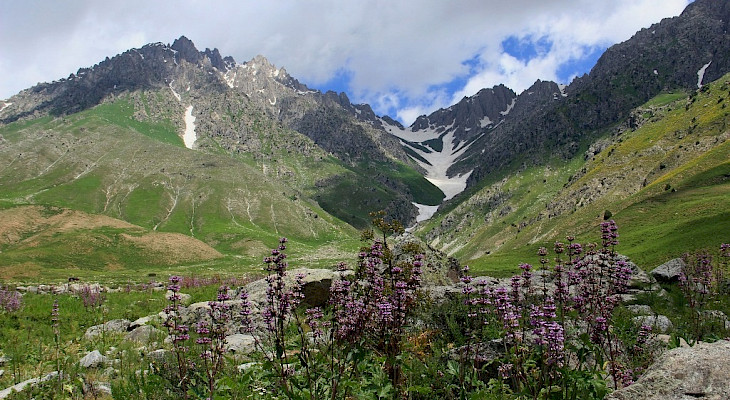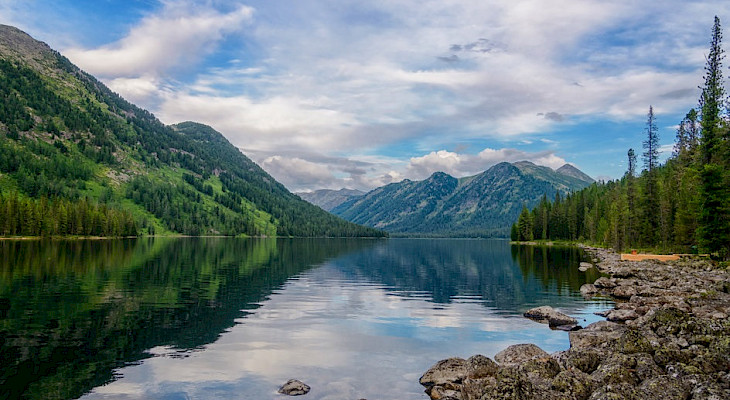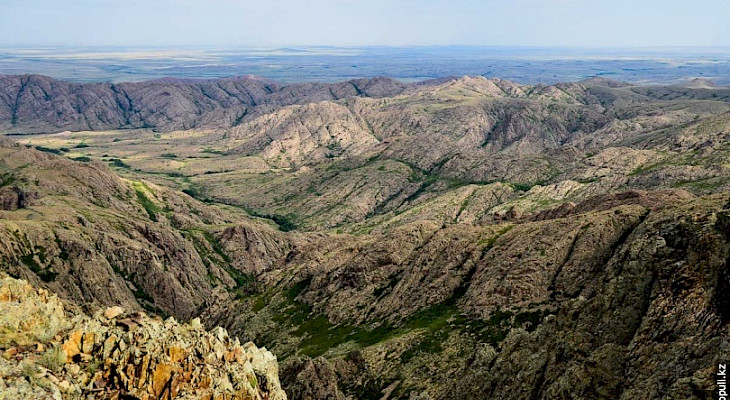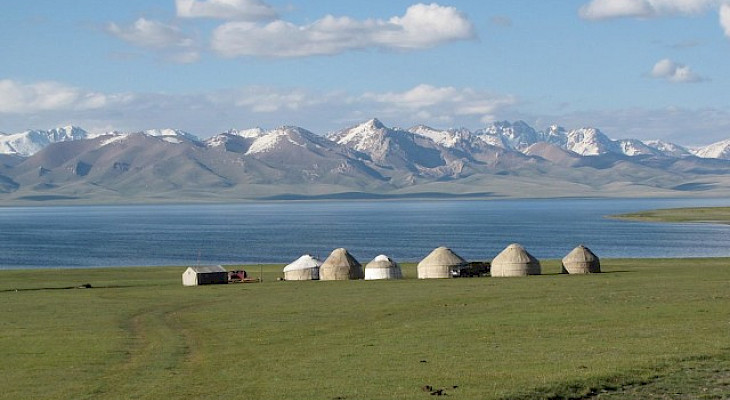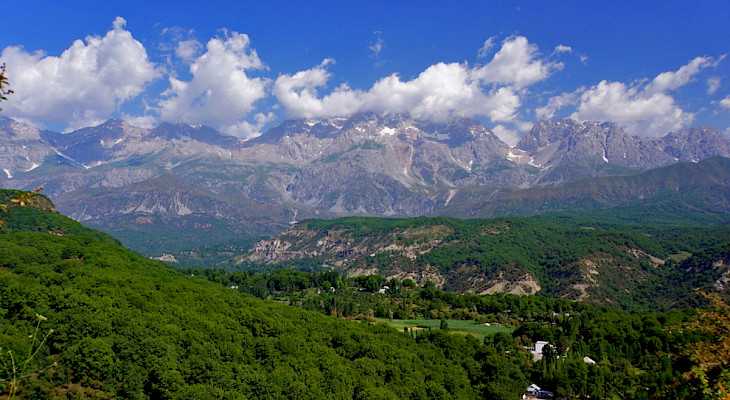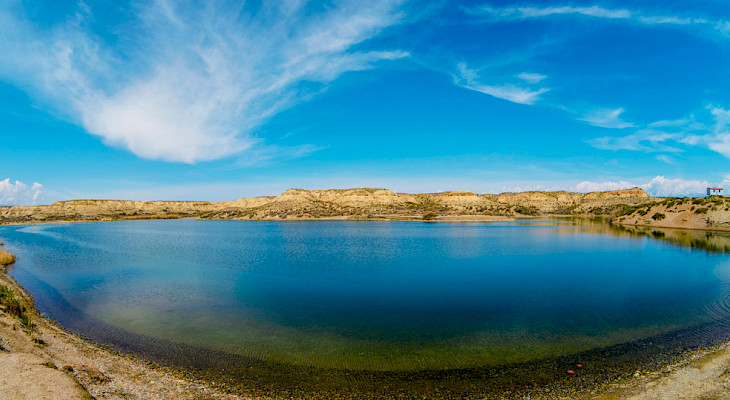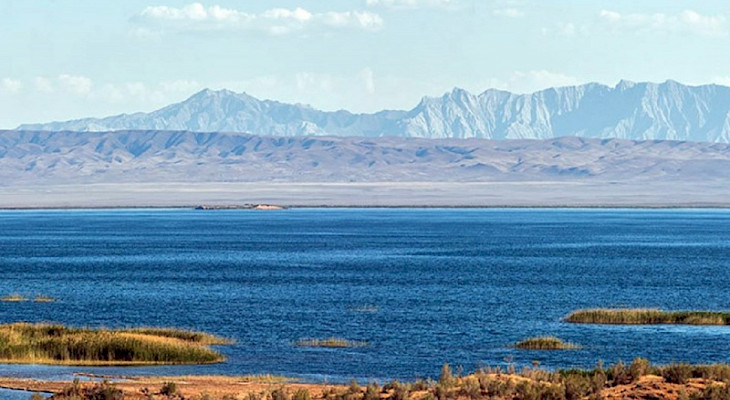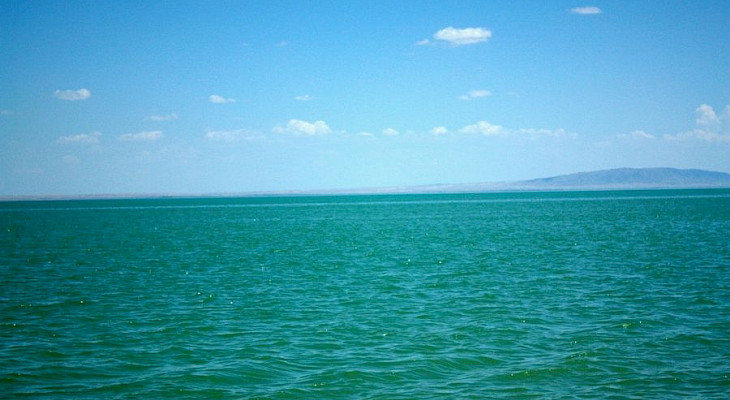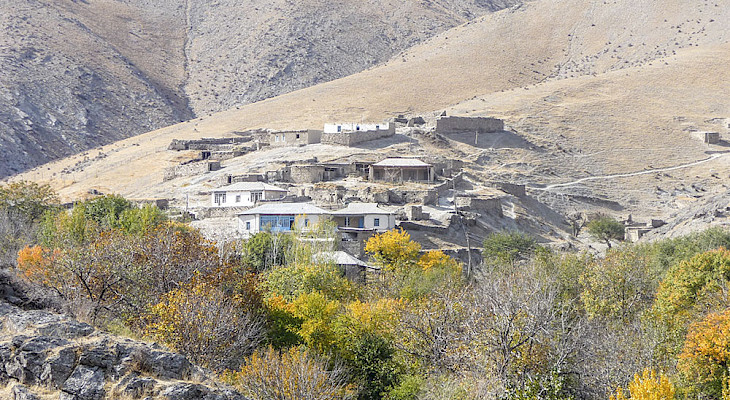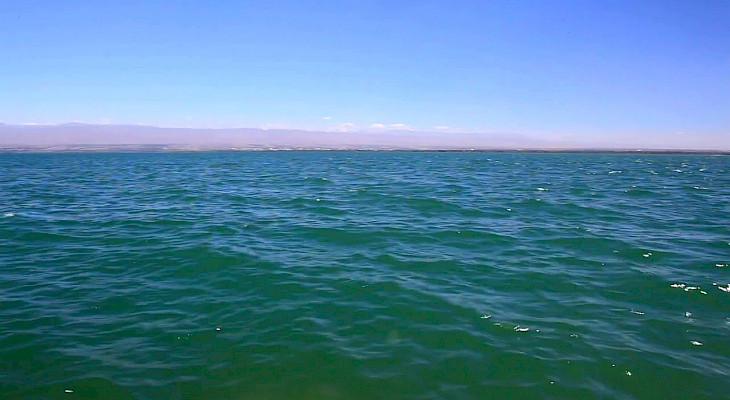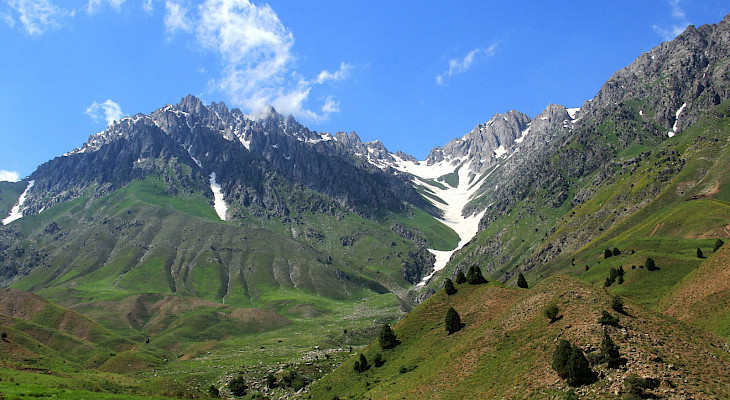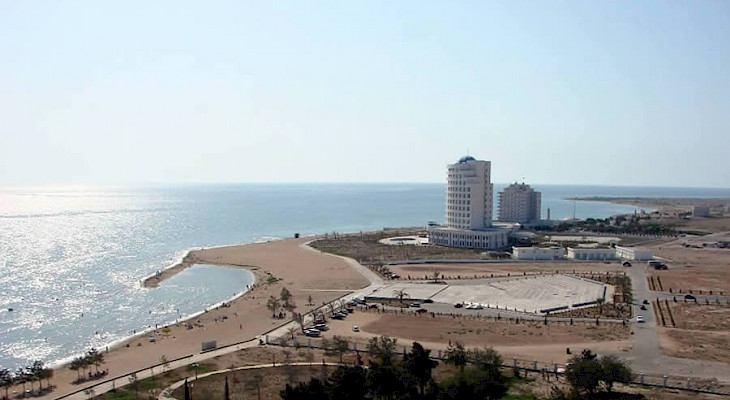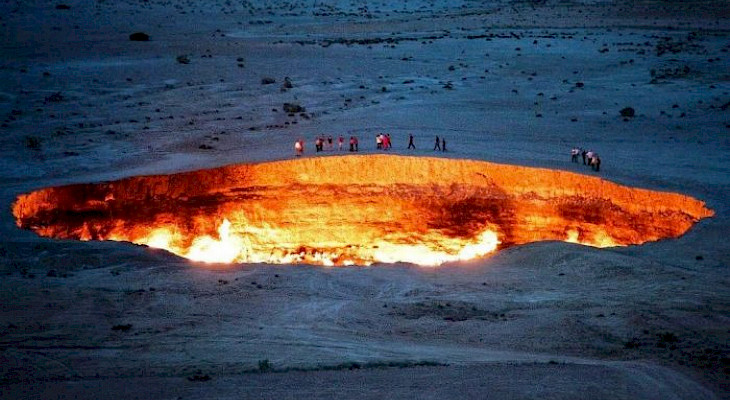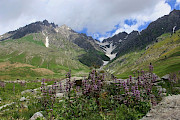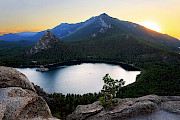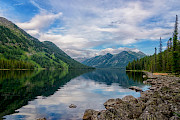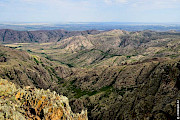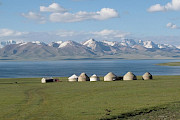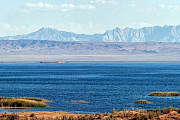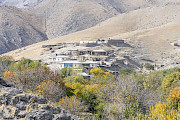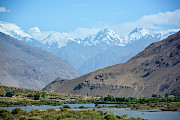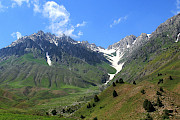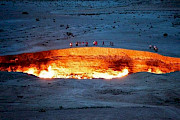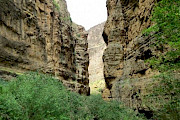The environmental problems of Central Asia are diverse. They arose in the region due to the active influence of man on nature: here, more than a hundred years ago, they began to intensively develop natural resources, developing the economy, agriculture, and energy. And now there is drying out, land degradation, reduction of water resources, and even the climate is changing.
But there are still places in Central Asia that fascinate not only with their beauty, but also with their ecological cleanliness. Weproject.media has collected its version of 15 such places, according to the material of the Asiaplustj.info portal.
We don’t know on what basis the places were chosen, but a couple more places would have been included in the list of Tajikistan, the portal added its opinion.
Kazakhstan
Burabay
The territory of Burabay National Park is called Kazakh Switzerland.
The steppe contains dense birch and pine forests with hundred-year-old trees and mountain ranges. The area is famous for its large number of lakes with clean and cool water, as well as a rich variety of flora and fauna.
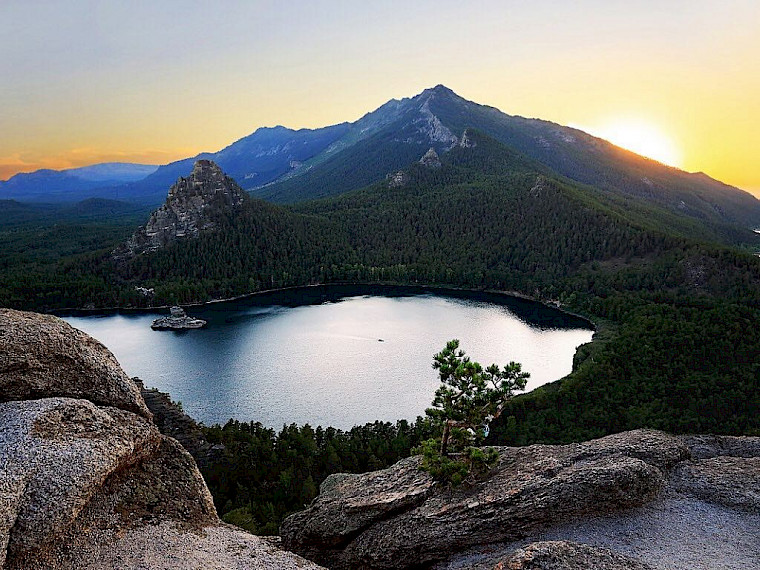
Residents and tourists collect medicinal herbs here, and in health resorts they practice healing techniques using kumys.
Most of the flora and fauna are listed in the Red Book, including 800 species of plants and 300 animals.
Rakhmanov keys
Rakhmanovsky Springs are located in the heart of the Altai Mountains. There is the Bukhtarma Reservoir - the only place in Kazakhstan where you can use ferry services.
The local Katon-Karagai National Park has mountain lakes and several waterfalls nearby.
Due to its remote location and lack of accessible roads, this place has preserved its pristine nature. People come here for peace and a break from city realities.
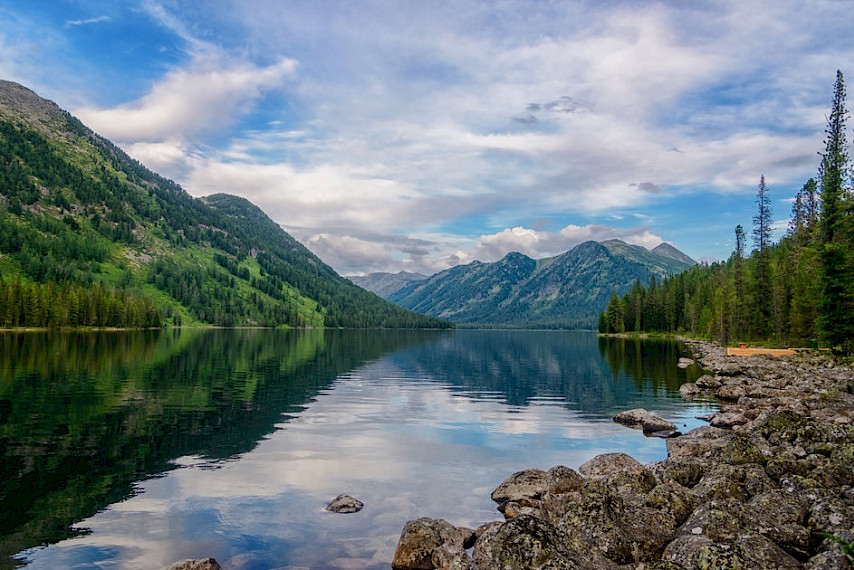
Ulytau
Ulytau, translated as “great mountains”, is the historical center of the Kazakh people.
Saiga antelopes, wolves, wild boars, foxes, corsacs, ground squirrels, marmots, hares, geese, ducks and rare species of animals live here.
Almost eight thousand hectares are covered with forest. The height of Mount Ulytau reaches 1181 meters. There are many fishery reservoirs in the territory.

Tourists come to Ulytau to get acquainted with the history, culture and geography of the settlement of the peoples of the East and Eurasia. Local yoga tours are also an attraction.
Mountain spring water has healing properties that are known outside the country.
Kyrgyzstan
Lake Son-Kul
Lake Son-Kul is one of the largest alpine lakes in the Tien Shan. The name is translated into Russian as “the last lake”.
The place is a popular eco-tourism site. The virgin pastures around the lake and the protected area are attractive.

In summer, on the banks of Son-Kul, yurts are lined for vacationers - yurt camp. They are treated to the national Kyrgyz drink - kumys. It is served in dishes made from cow and sometimes camel skin.
Walnut forest Arslanbob
Arslanbob - “king of the forest” - is one of the most ancient and largest walnut tracts on Earth. It belongs to the protected areas of Kyrgyzstan.
On an area of 700,000 hectares there are numerous trees of walnut, pistachio, almond, cherry plum, pear and about 130 species of plants. Each tree produces between 150 and 400 kilograms of nuts every year.
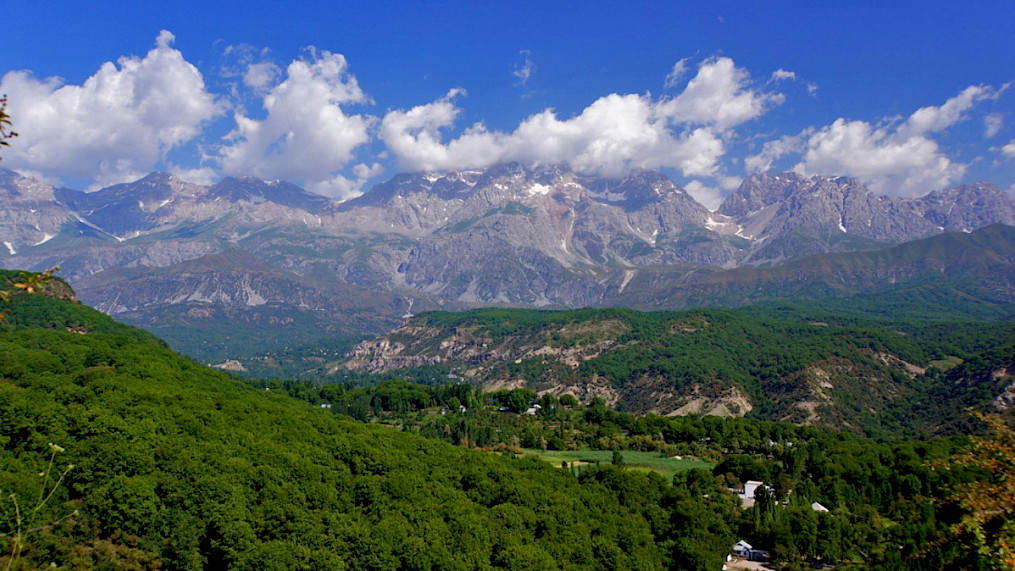
Kyzyl-Tuu
Kyzyl-Tuu is located on the southern shore of Lake Issyk-Kul. This is a village with a population of about 1800 people. Most are engaged in the manufacture of a traditional Kyrgyz dwelling - a yurt.
Kyzyl-Tuu is a popular place among travelers. Every year, a festival of traditions and customs of the Kyrgyz people, “Kiyiz Duino,” is held here, where thousands of people come.
Not far from the village there is a healing Salt Lake; it is often compared to the Dead Sea in Israel.

Uzbekistan
Lake Aydarkul
Aydarkul is a beautiful turquoise sea in the Kyzylkum sands. Located in the northeastern part of Uzbekistan. The surrounding area is inhabited by only 345 families.
Birds listed in the Red Book, such as Dalmatian Pelican, Little Cormorant, Red-breasted Goose, Lesser Lesser White-fronted Pochard, and White-eyed Pochard, nestle on the shores of the lake.
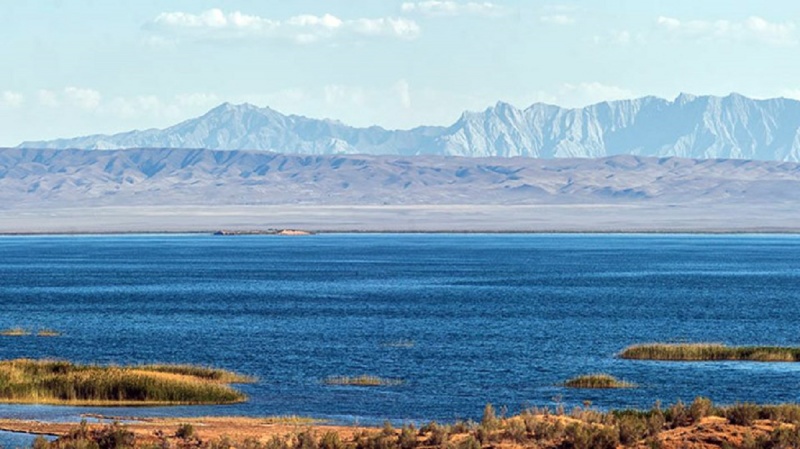
Hundreds of tourists from all over the country come here to fish. There are many species of fish here: carp, barbel, asp, pike perch, catfish, bream, saberfish, snakehead, marinka.
The virgin nature of Kyzylkum is famous for its fauna and gallery of ancient rock art in the Sarmysh gorge, which is under UNESCO protection.
Tudakul
Tudakul is a lake that replaces the sea for residents, not far from Bukhara.
On the basis of the reservoir there is an Uzbek-American enterprise “Aqua Tudakul”, which is engaged in growing fish.
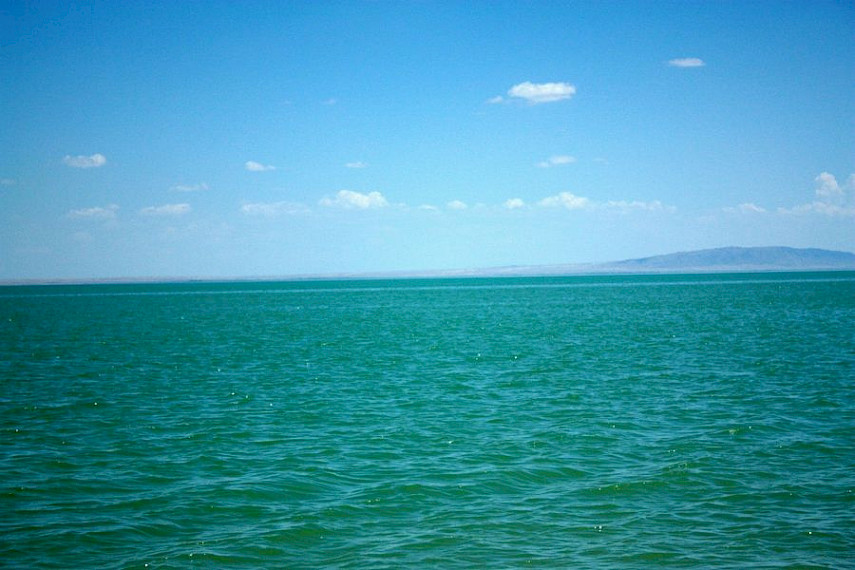
For a comfortable stay there is everything: beaches, sun loungers, a volleyball court. Harmless marmots can walk around with tourists.
Mountain villages of Farish district
The mountain villages of Asraf, Ukhum, Hayat, Majrum, Sentyabsay are located on the southern slopes of the Nurata ridge.
Each village is located in a mountain gorge and is remote from the highway.
Here tourists practice hiking along mountain paths from one village to another. Local residents work in the villages every day - cultivating the land, preparing food for animals, cooking at home, making yogurt, and doing long-term women's handicrafts. They are hospitable and invite passersby home to drink Uzbek tea.
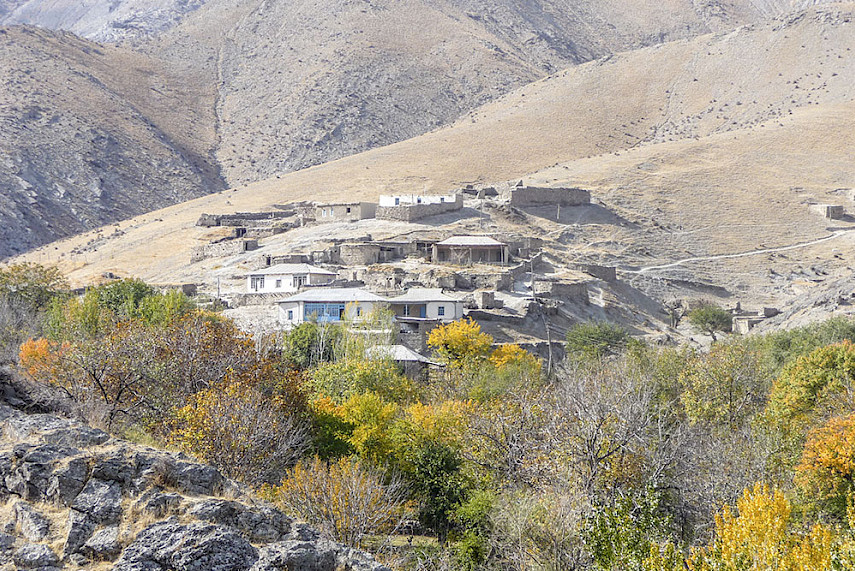
The owners of the house received training within the framework of the European project to support violations of public opinion in tourism. Each house has two or three rooms with an area of up to twenty square meters, which can accommodate up to six tourists.
Each house has a garden with fruit trees. Prepared from ingredients over wood in special hearths. Traditionally, yoghurt made from cow's, sheep's or goat's milk is served before lunch or dinner. Tourists are allowed to milk goats.
Tajikistan
Kairakkum reservoir in the Khujand region
The Kairakkum reservoir is one of the attractions of the Sughd region. This artificial lake was created to install a hydroelectric power station and regulate the flow of the Syr Darya. Residents of the country often call it the “Tajik Sea”.
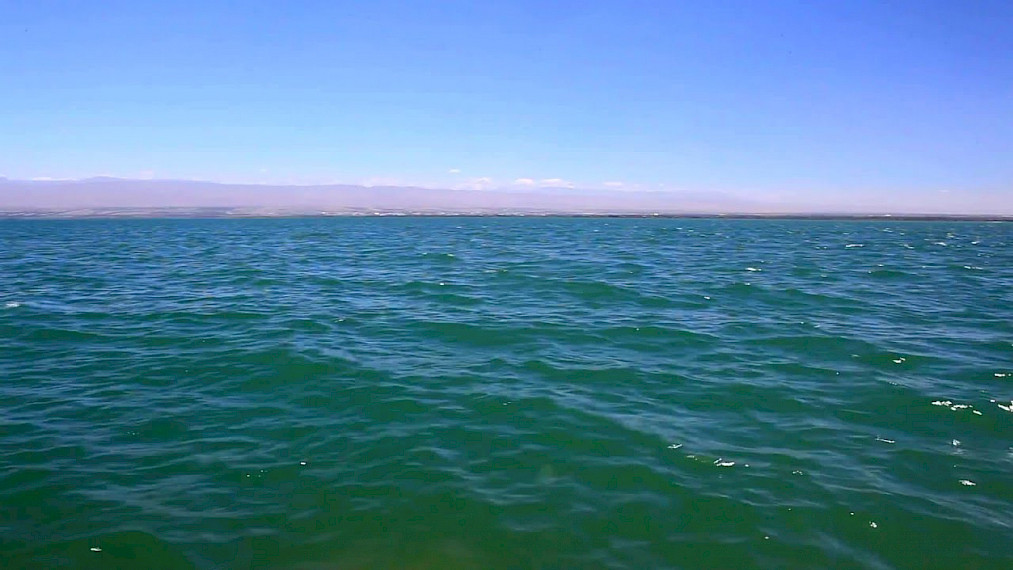
The waters are rich in fish - pike, carp, catfish, pike perch, bream, and also birds that annually travel from northern Asia to India and other countries fly here. There are orchards along the shore.
The Kairakkum reservoir is a popular holiday destination. Along it there are sanatoriums, recreation areas and a children's camp. This is a great place for swimming and fishing.
Pamir
The Pamirs are a high-mountain, remote region. Place in the world ranking “100 Most Sustainable Results”.
The word “Pamir” was interpreted as “roof of the world”, since to get there you need to climb all the way up. The Pamirs are surrounded by mountains and rocks. There is clean air and tall poplar trees - the most popular tree in the Pamirs.
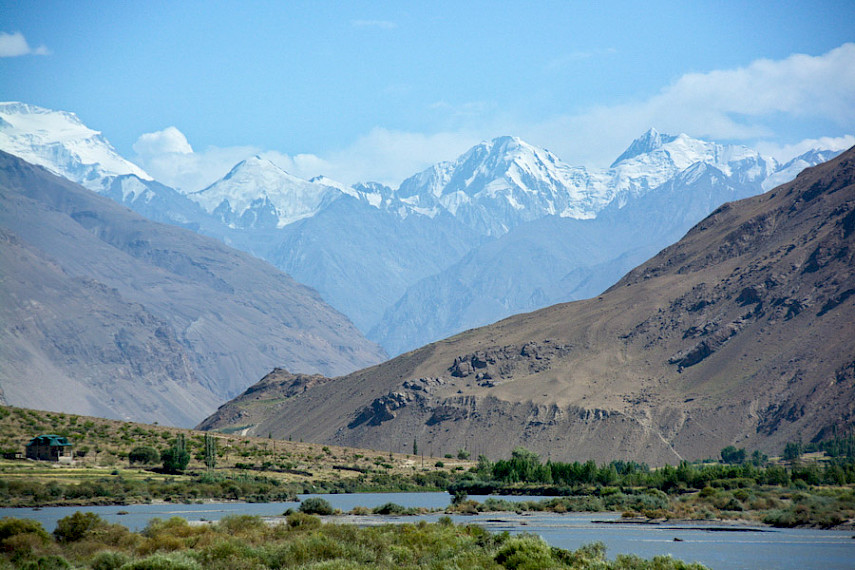
The Garm Chashma hot spring is located at an altitude of 2800 meters above sea level. During the time when the USSR came here, a number of skin diseases were cured.
The Pamir Botanical Garden collected 20 thousand plants from all continents. Among them are Amur velvet, cork wood, black Austrian pine and a unique collection of roses.
Khoja-Obigarm
Khoja-Obigarm is famous for its hot mineral radioactive waters. It is located in the gorge of the Gissar ridge.
People come here to improve their health in nature, with the light light mountain air and thermal siliceous sulfate-chloride sodium-calcium waters.
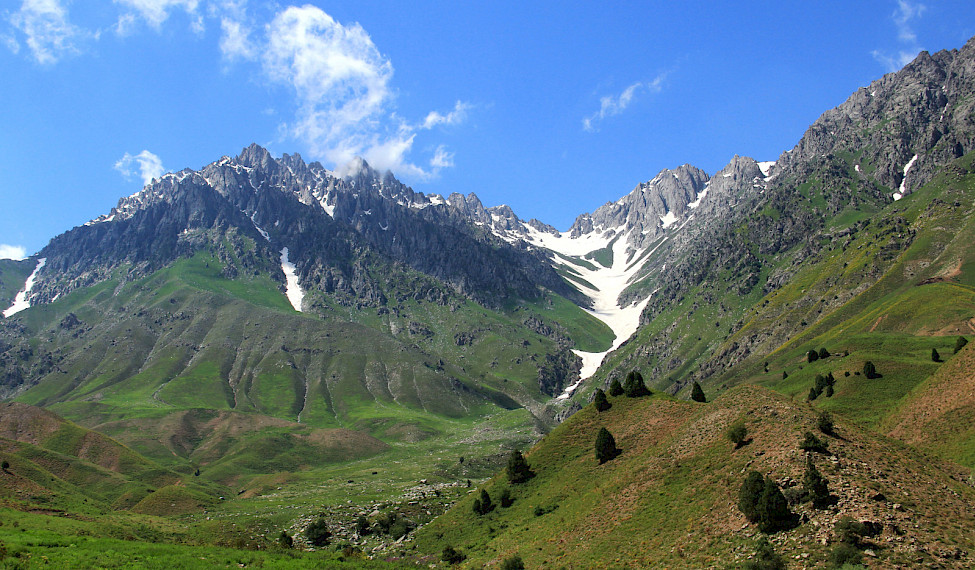
Another important factor for visiting Khoja Obigarm is the climate. The local resort is considered the pride of Tajikistan. The state presents it to travel agencies, advertising agencies and the media.
Turkmenistan
"Avaza"
“Avaza” is a national tourist zone, which was created with the goal of turning a deserted coast into a seaside metropolis, a tourist center for all of Central Asia. The name translates as “the edge of the singing waves.”
On the territory there are sanatoriums, boarding houses, cottage communities, and a seawater desalination plant. There are also paths for cycling.
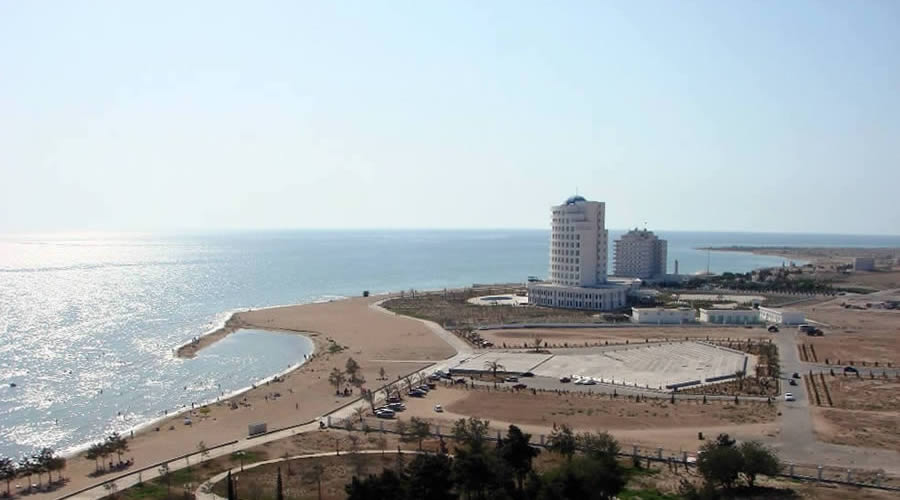
By 2020, the construction of the Turkmen Avaza will be completely completed. The tourist complex will be able to offer tourists gastronomic, military-historical, and wine tours.
Gate of Hell Darwaza
Gas crater Darvaza, known to tourists under the dramatic name Gates of Hell. Here the desert is discussed, fire erupts from the ground. The flame has been burning for more than 40 years and reaches a height of 10-15 meters, so approaching it is very dangerous. Despite this, tourists come to the crater every day.

Darvaza is very different from many places that appear all over the world, where there are no paid parking, pedestrian paths, fences and stalls selling souvenirs. There is only desert around, and for many kilometers there is not a soul.
Koytendag
Koytendag is an agricultural region located in the Amu Darya valley on the slopes of the Kugitangtau mountains. The climate here is mild. Residents grow grains and cotton.
In the mountainous zone there is the Koytendag Nature Reserve. It is rich in monuments and archaeological sites such as mountain lakes, Cap Coutant and Karluk caves, dinosaur tracks, gorges and valleys.
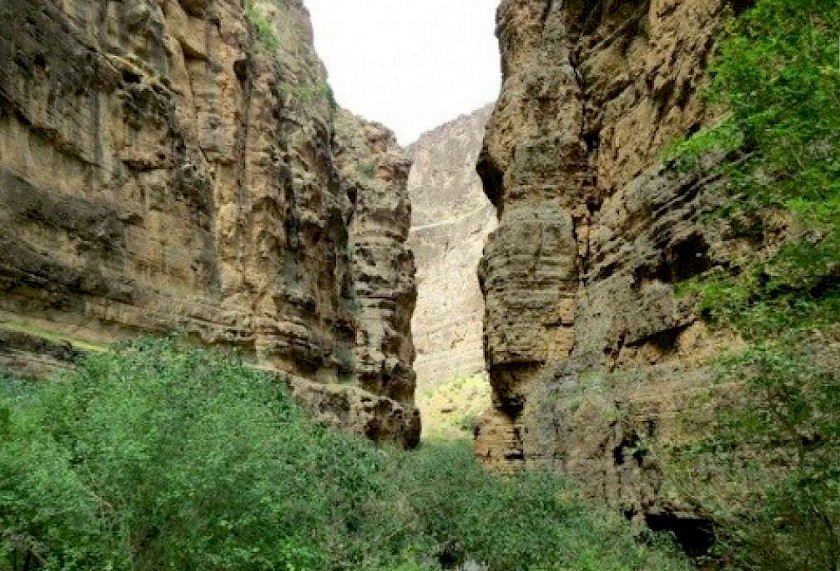
Nearby is Khojapil - a plateau of dinosaurs. Khojapil is translated from Turkmen as “holy elephants”.
Source: Asiaplus.tj
SentralasianLIGHT.org
June 5, 2024

